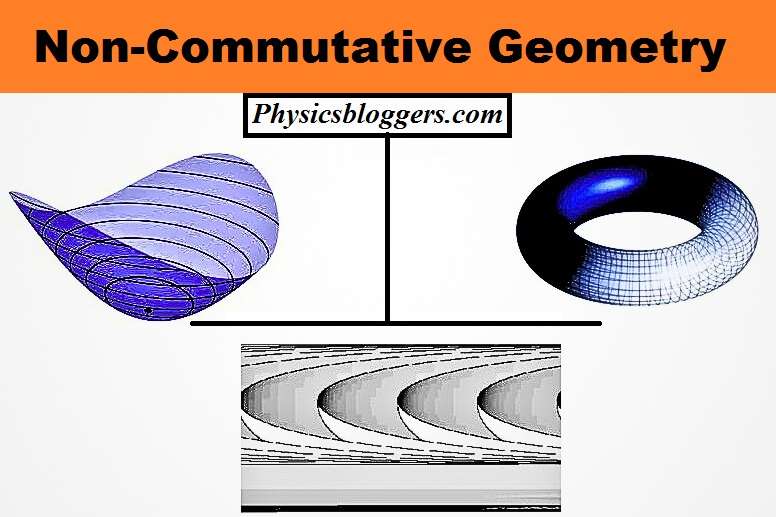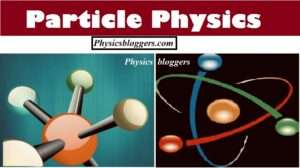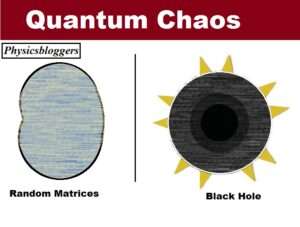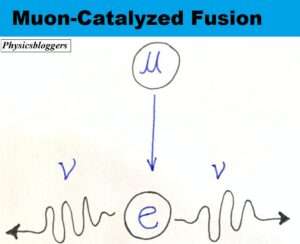Non-Commutative Geometry

Non-Commutative Geometry
Introduction
Non-commutative calculation (NCG) is a part of math that dives into theoretical, fascinating domains where conventional mathematical ideas and logarithmic designs combine. This field, which at first arose out of the marriage of polynomial math and calculation, has expansive ramifications in different disciplines, from physical science and designing to software engineering and then some. In this article, we will unwind the intricacies of Non-Commutative Calculation, revealing insight into its major ideas and applications.
What is Non-Commutative Calculation
At its center, Non-Commutative Math manages spaces where augmentation of components is non-commutative, implying that stomach muscle doesn’t generally approach ba. In contrast to traditional calculation, where the place of articles is pivotal, NCG centers around the connections and designs inside these non-commutative spaces. Brought about by mathematician Alain Connes during the 1980s, this field has since turned into a foundation in both unadulterated and applied science.
Crucial Ideas in Non-Commutative Math
Non-Commutative Algebras:
Fundamental to NCG is the investigation of algebras where the increase of components doesn’t follow the commutative property. This deviation from traditional arithmetical designs leads to novel numerical properties.
Otherworldly Triples:
In NCG, spaces are often portrayed utilizing otherworldly triples, a numerical system that consolidates administrators, Hilbert spaces, and extra information. Phantom triples give a method for summing up customary mathematical items to non-commutative lengths.
K-Hypothesis:
K-hypothesis, a fundamental part of mathematical geography, tracks down applications in NCG. It concentrates on the properties of vector packs and their relationship with the math of a space. In non-commutative settings, the K-hypothesis takes on a more theoretical and many-sided structure, uncovering further experiences.
Applications in Physical science and then some
Quantum Mechanics:
Non-commutative math assumes a critical part in quantum mechanics, where particle behavior at the quantum level is intrinsically non-commutative. It gives a strong numerical structure to grasping the crucial standards of quantum mechanics and has applications in quantum field hypothesis and molecule material science.
String Hypothesis:
In hypothetical material science, the string hypothesis looks to bring together broad relativity and quantum mechanics. Non-commutative math gives devices to grasp the calculation of additional aspects in string hypothesis, offering possible answers for a portion of the universe’s most baffling inquiries.
Information Investigation and AI:
NCG strategies are likewise finding applications in information examination and AI calculations. By utilizing the non-commutative properties, mathematicians and PC researchers are creating imaginative strategies for complex information examination, prompting headways in different fields.
Hindrances of Non-Commutative Calculation:
Intricacy:
Non-commutative calculation includes mind-boggling numerical ideas and procedures that can be trying to get a handle on, especially for those without a solid foundation in cutting-edge math. This intricacy can restrict its openness and useful application in specific fields.
Computational Difficulties:
Performing calculations in non-commutative settings can be computationally concentrated and may require specific programming and calculations. This computational intricacy can obstruct the reasonableness of applying NCG in specific continuous or asset-compelled applications.
Restricted Instinct:
In contrast to old-style math, where visual instinct frequently directs understanding, non-commutative spaces miss the mark on direct visual portrayal. This shortfall of natural mathematical understandings can make it challenging for specialists and understudies to conceptualize and work with non-commutative designs.
Restricted Commonsense Applications:
While Non-Commutative Math has hypothetical applications in regions like quantum mechanics and string hypothesis, its immediate useful applications in ordinary situations are restricted. Therefore, its effect on fields beyond hypothetical math and material science is moderately confined.
Steep Expectation to absorb information:
Dominating the standards of Non-Commutative Calculation requires a profound comprehension of cutting-edge numerical ideas. Subsequently, the expectation to learn and adapt can be steep, making it a provoking field for novices to enter and contribute seriously.
Conclusion
All in all, while Non-Commutative Calculation offers useful assets for understanding complex numerical and actual peculiarities, its multifaceted design and restricted direct applications in viable, ordinary issues present difficulties. Specialists keep on investigating its expected applications and refine its strategies, planning to open new roads for its utilization in different disciplines.
Non-commutative calculation remains as a demonstration of the unlimited idea of numerical request. Its combination of conceptual variable-based math and calculation has made it ready for forward leaps in hypothetical material science, quantum mechanics, and information examination. As scientists keep on investigating the complexities of non-commutative spaces, the uses of Non-Commutative Calculation are probably going to extend, unwinding new secrets in the universe of science. Embracing the difficulties of non-commutativity, mathematicians, and researchers are fashioning ways into unknown domains, reclassifying how we might interpret the world from the perspective of dynamic numerical domains.


